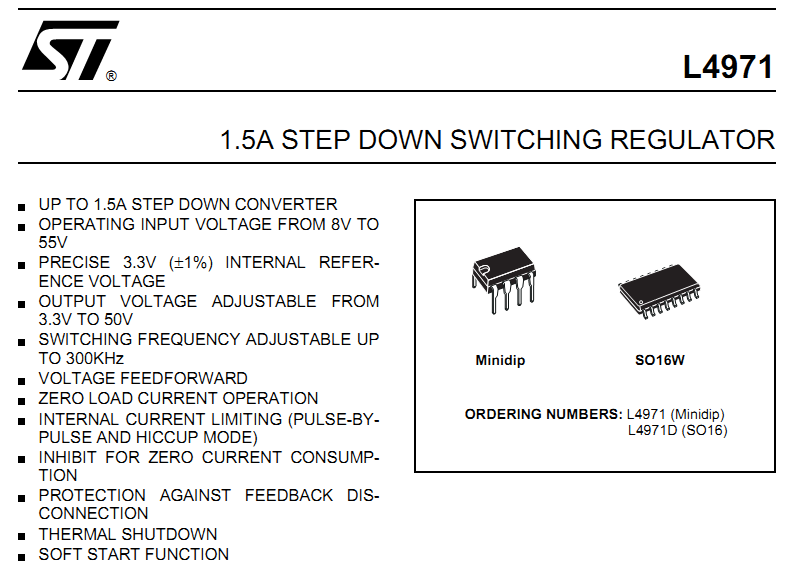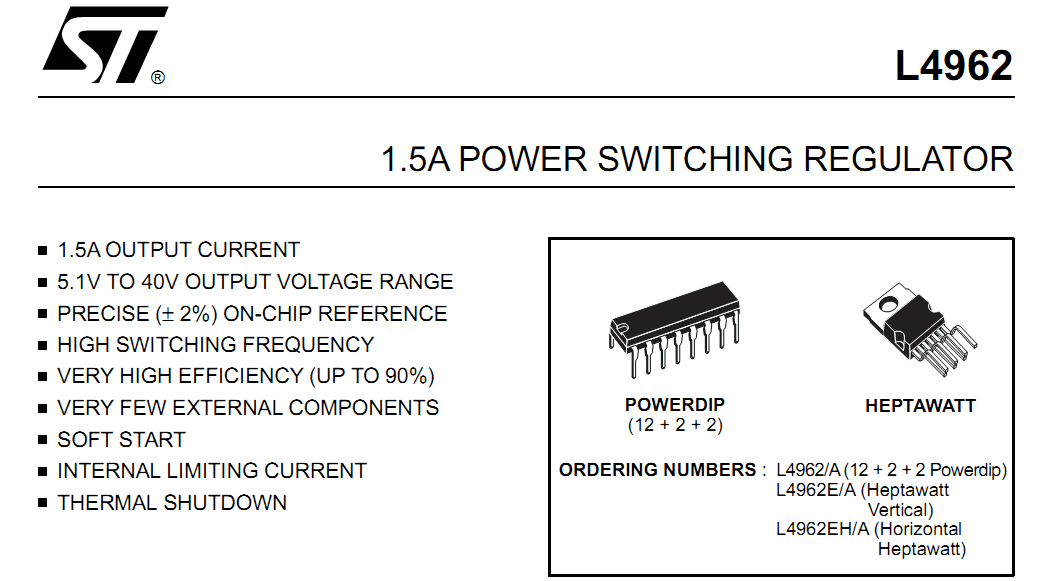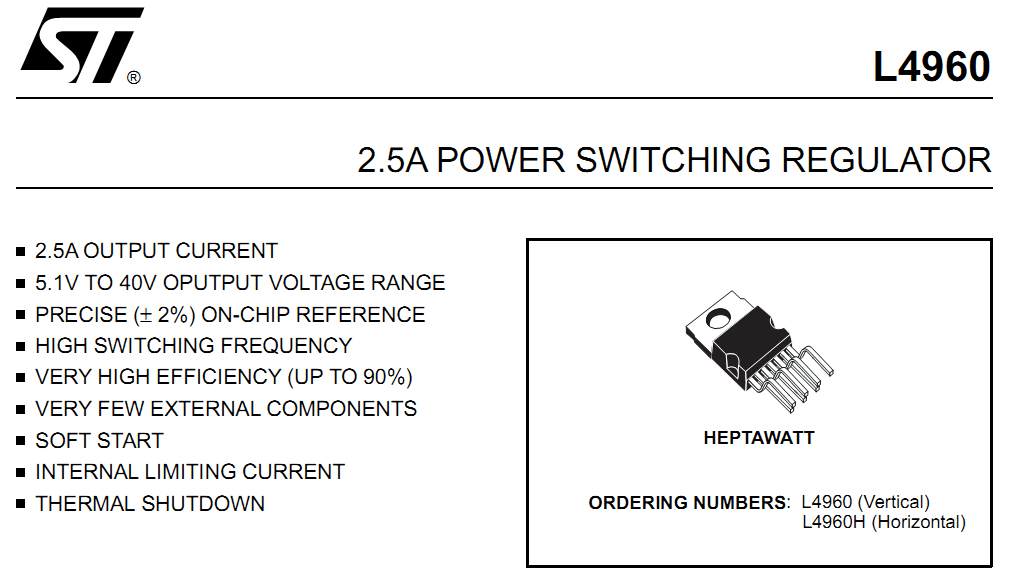withoutWAX
Newbie level 4

Hello guys! I'm needing your help.
How could I possibly convert +45Vdc to +15Vdc using LM7815? Cause as far as I know the max input for the said regulator is limited only to 35V. Is that right?
The same thing for -45Vdc to -15Vdc using LM7915.
Any help would be appreciated much..
:smile:
How could I possibly convert +45Vdc to +15Vdc using LM7815? Cause as far as I know the max input for the said regulator is limited only to 35V. Is that right?
The same thing for -45Vdc to -15Vdc using LM7915.
Any help would be appreciated much..
:smile:






